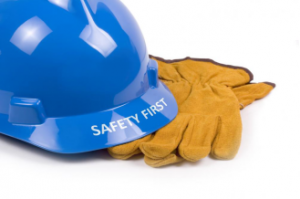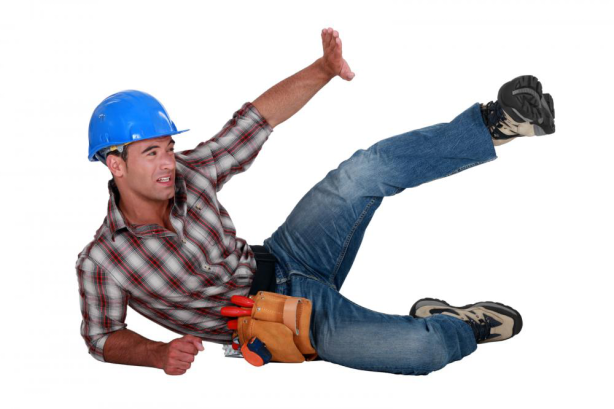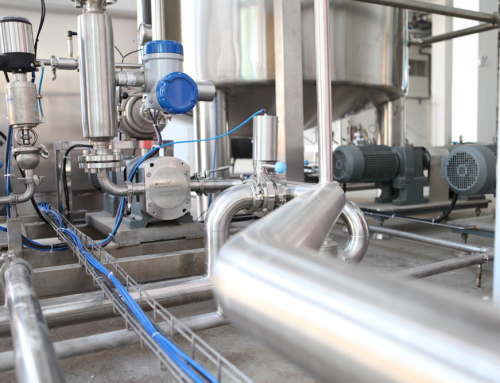Falls happen. More than 40,000 workers in Canada are injured every year due to fall related accidents. What happens next is anybody’s guess! Great economic loss aside, fall accidents and injuries cause pain and suffering… sometimes even lives of the poor workers!
Prevention efforts are taken by Canadian businesses but still workers continue to fall and get injured. Some main reasons of this phenomenon are:
- Poor working conditions – poor lighting, inadequate housekeeping practices, and slippery walking surfaces
- Protective devices (like guardrails) are missing from work site
- Fall-protection equipment unavailable, not used at all, or used improperly
- Ladders and scaffolds are in poor working condition or used improperly
- Unclear job procedures, lack of training in safety etc makes worksite generally unsafe
Implementing safety procedures is important in any workplace but it become crucial where workers are required to work at a height. For this, it’s essential to:
Understand Fall Distance
Guess what, wearing all the fall protection equipment in the world won’t save you if equipment doesn’t engage before you hit the lower level.
A common sight at construction sites or plants is a worker at 10-12’ off the ground wearing a 6’ lanyard with a deceleration device. At first glance, this arrangement should work but it doesn’t!
Actual fall distance needs to include length of lanyard when deployed as well as body length below D-ring. Opt for a good 18.5’ minimum before using a 6’ lanyard with deceleration device.
Ensure Staff Members Are Trained Appropriately
 Do you have mobile access towers or powered access equipment at the construction site? Make sure all staff members working on site have completed relevant training.
Do you have mobile access towers or powered access equipment at the construction site? Make sure all staff members working on site have completed relevant training.
Staff must be up to date with safety practices and measures – standards provided by the relevant authorities such as Canadian Red Cross.
Metro Safety provides relevant and reliable fall protection inspection training and courses that should be utilised by Canadian businesses.
Look at the following points when preparing your crew and staff members to work in a potential fall hazard area:
- Identify all work carried out at a height
- Make risk assessment that includes: workers at height and people in ground who can be affected by a falling object
- Discuss control measures after consulting with officials/employees involved in the work
- Periodically re-evaluate risks
Safety should always come first when working at a great height. Minimise chances of falling and hurting yourself and staff members by signing up for Metro Safety’s course.







